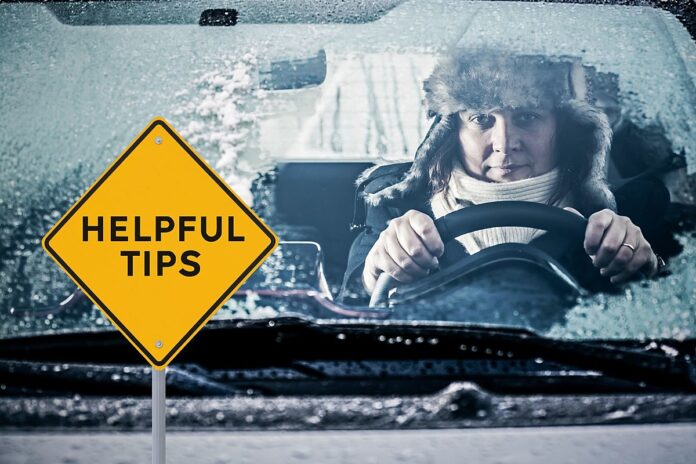It’s never too early to prepare for winter weather. When there’s snow or ice, we know that we can count on crews to work around the clock to clear roads for our safety. The Kentucky Transportation Cabinet is offering some valuable tips to help us prepare for inclement weather. Find out what you need to know to ensure a safe trip.
Blizzard road work
Getty Images/iStockphoto
Although Kentucky’s weather is nothing like the weather I endured when living in Northern Michigan, it can still get worse. Especially on city or county roads or on highways for those that have to travel. Winters are brutal in Michigan and luckily we don’t get weather like that in Kentucky very often. But, when we do we’re lucky to have great road crews to keep us safe.
Kentucky Road Crews Ready for Inclement Weather
Salt and snow plow crews across Kentucky are trained, prepared, and ready for winter weather on state routes. There’s a fleet of more than 1,365 state-owned and contracted plow trucks on standby to work through the night and into the morning when needed. Crews have a tough job and often don’t get the recognition that they deserve, but we can help by being cautious on the roads where they’re working.
KYTC maintains most roads, streets, and bridges that are part of the State Highway System. Examples include interstates, parkways, and U.S. route designations.
Kim Giseok/Unsplash
Kim Giseok/Unsplash
Kentucky Transportation Cabinet Traveling Tips
Winter storms have the potential to derail your travel plans, so it’s important to be prepared. The Kentucky Transportation Cabinet offered these important tips to keep you and your family safe while traveling.
• Travel only as necessary during major snow events.
• Stock vehicles with ice scrapers, jumper cables, blankets, a flashlight, a cell phone charger, non-perishable snacks, and a first aid kit should you get stranded on the road.
• Winterize vehicles. Have your car battery, tire pressure, and brakes checked. Make sure your heater, defroster, headlights, and windshield wipers are working properly.
• When snow and/or ice are on roadways, drive slowly no matter what type of vehicle you’re in. It takes more time and distance to stop your vehicle in poor weather conditions, so brake early and slowly.
• Pay attention to weather advisories and allow more time to travel for routine commutes.
• Slow down when approaching intersections, off-ramps, bridges, or shaded areas. These are all candidates for developing black ice—a thin coating of clear ice that can form on the pavement surface that may be difficult to see.
• Maintain a safe distance from snowplows and other heavy highway equipment and do not pass snowplows on the shoulder.
• Know before you go. Download the free WAZE app or visit goky.ky.gov to check traffic conditions before you travel. The map also offers access to select traffic cameras on interstates and parkways.
• Eliminate distractions while driving (e.g. using a phone and eating).
Being prepared for winter driving will give you peace of mind when you hit the road. Especially during holiday travel to visit family and friends. Be safe!
LOOK: See how much gasoline cost the year you started driving
To find out more about how has the price of gas changed throughout the years, Stacker ran the numbers on the cost of a gallon of gasoline for each of the last 84 years. Using data from the Bureau of Labor Statistics (released in April 2020), we analyzed the average price for a gallon of unleaded regular gasoline from 1976 to 2020 along with the Consumer Price Index (CPI) for unleaded regular gasoline from 1937 to 1976, including the absolute and inflation-adjusted prices for each year.
Read on to explore the cost of gas over time and rediscover just how much a gallon was when you first started driving.










